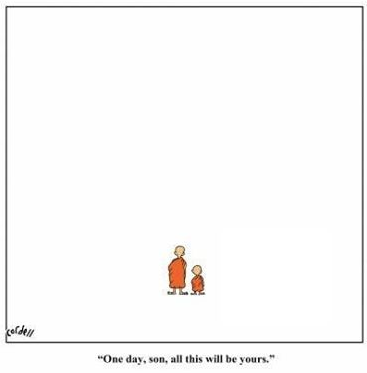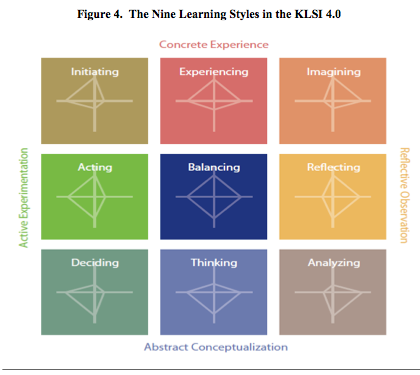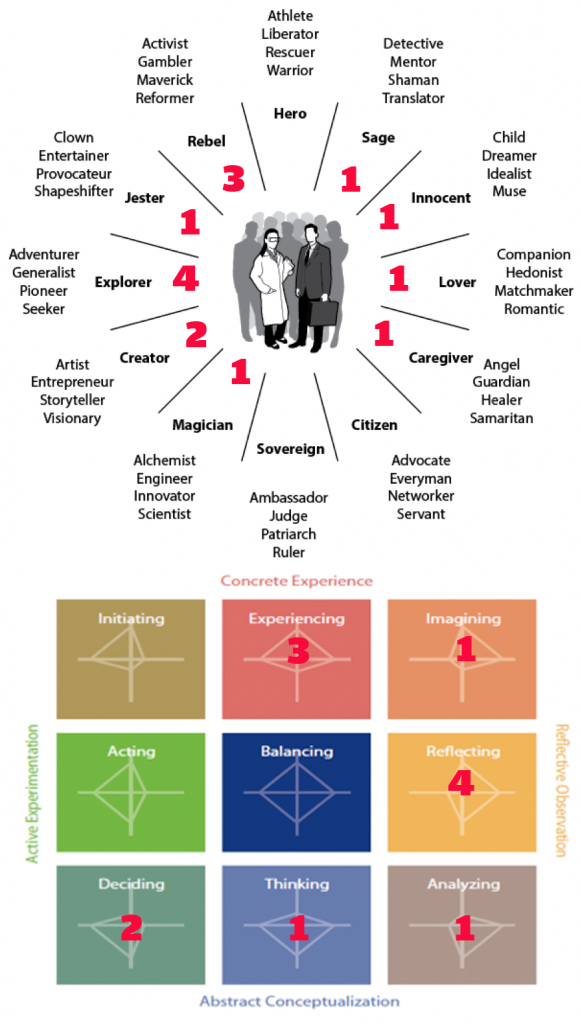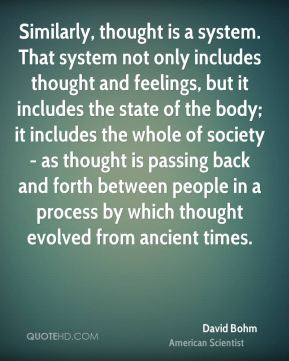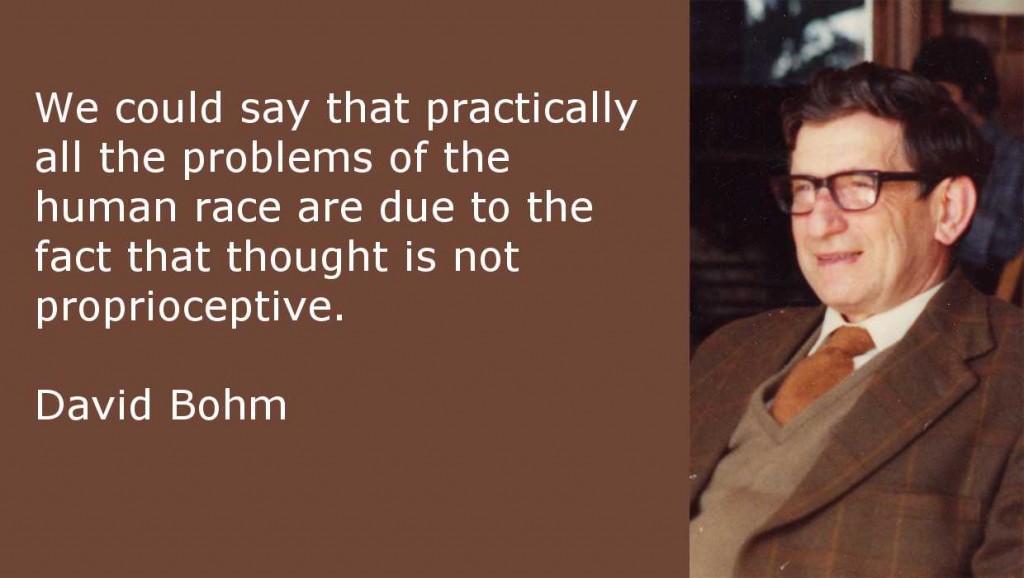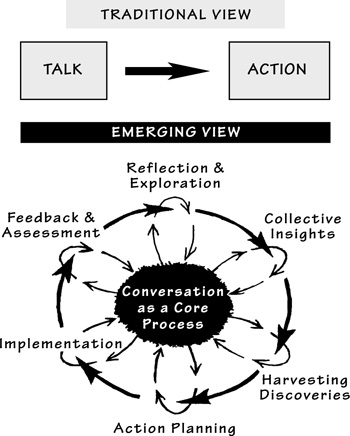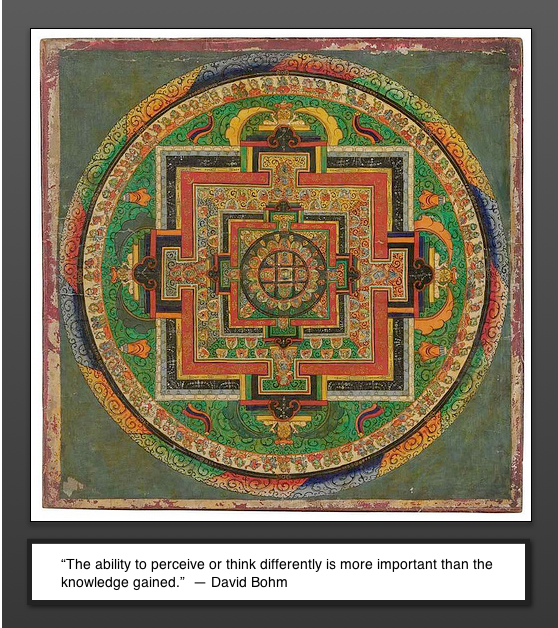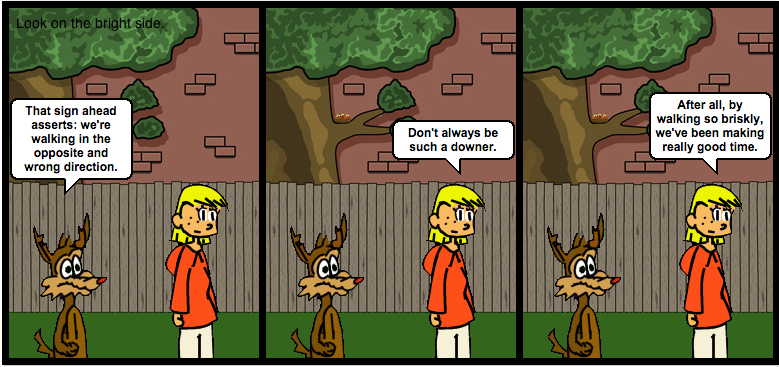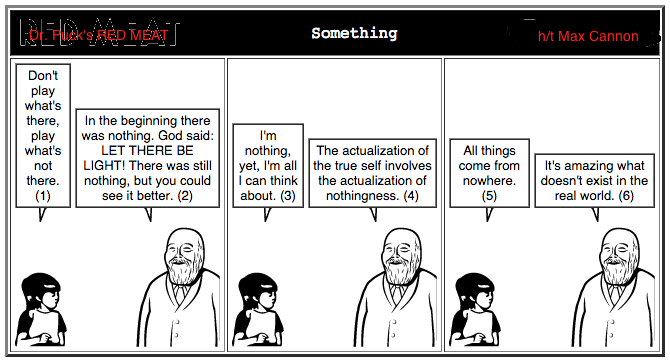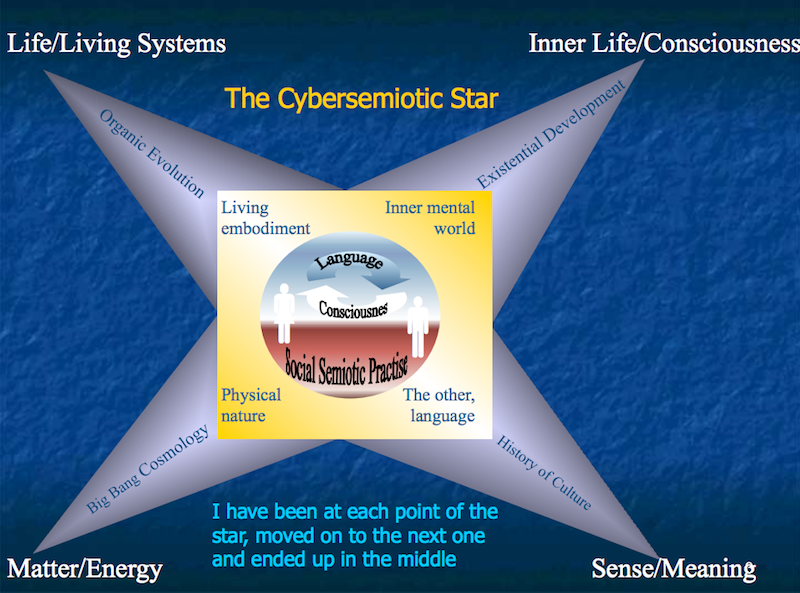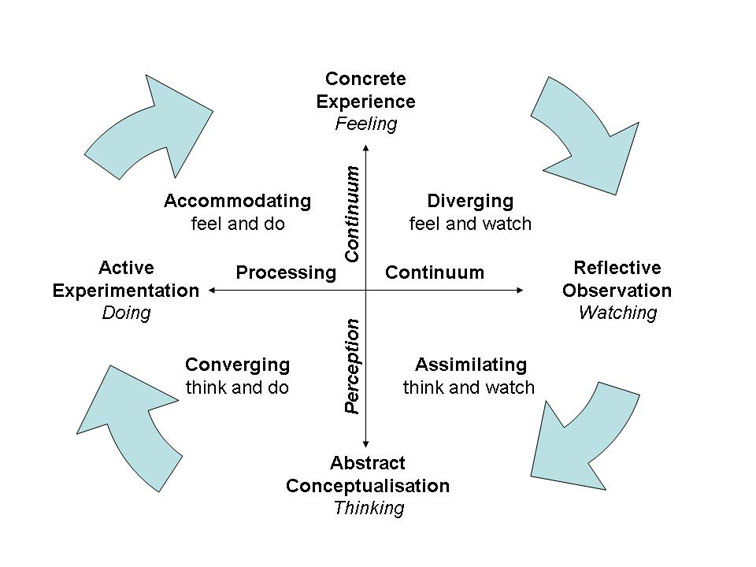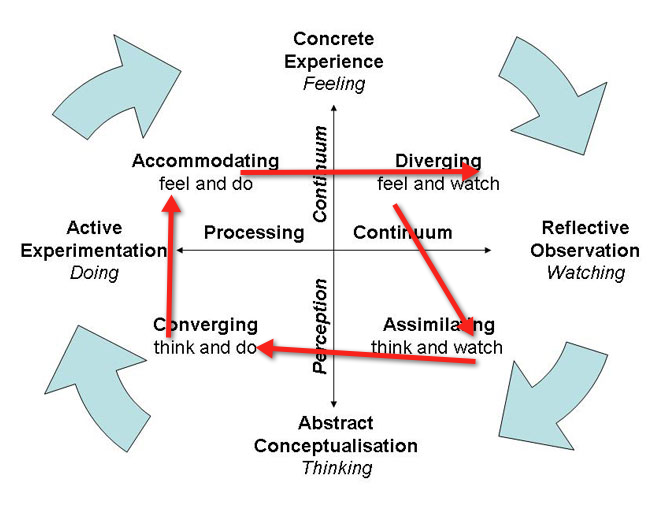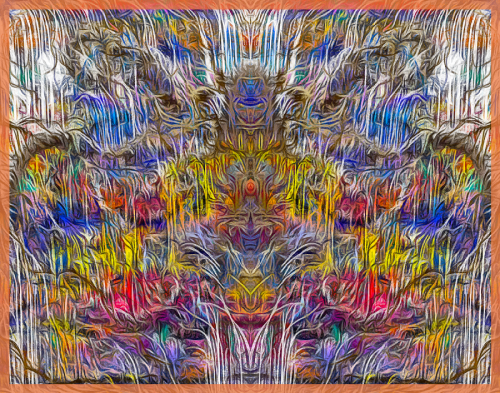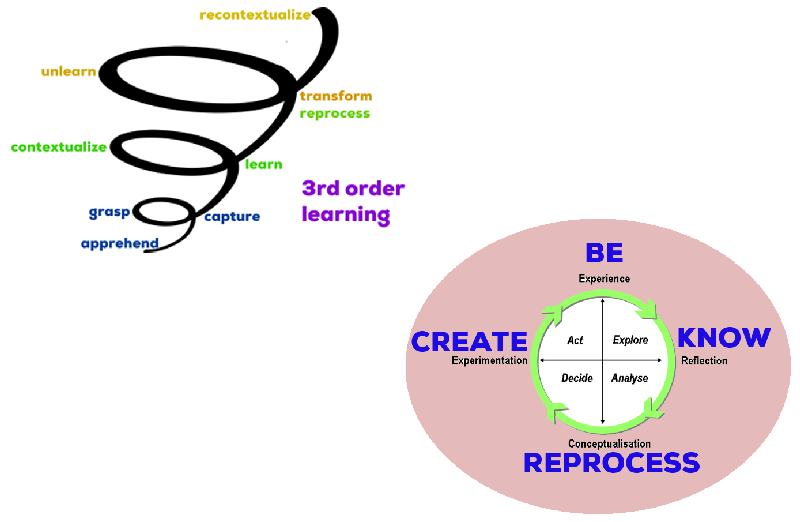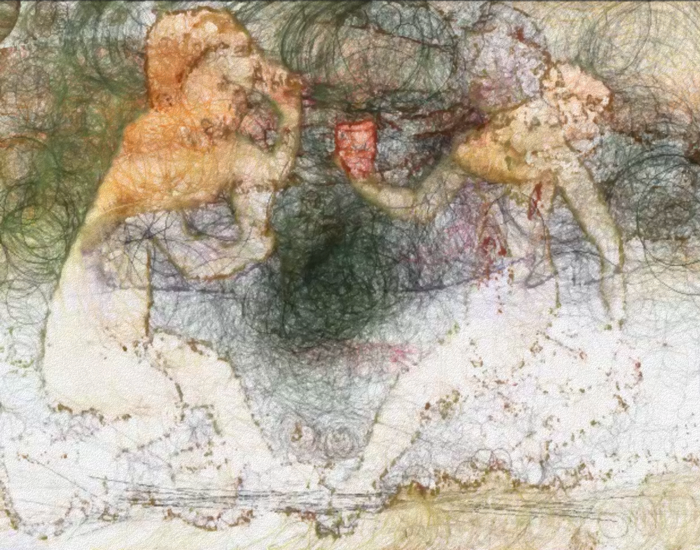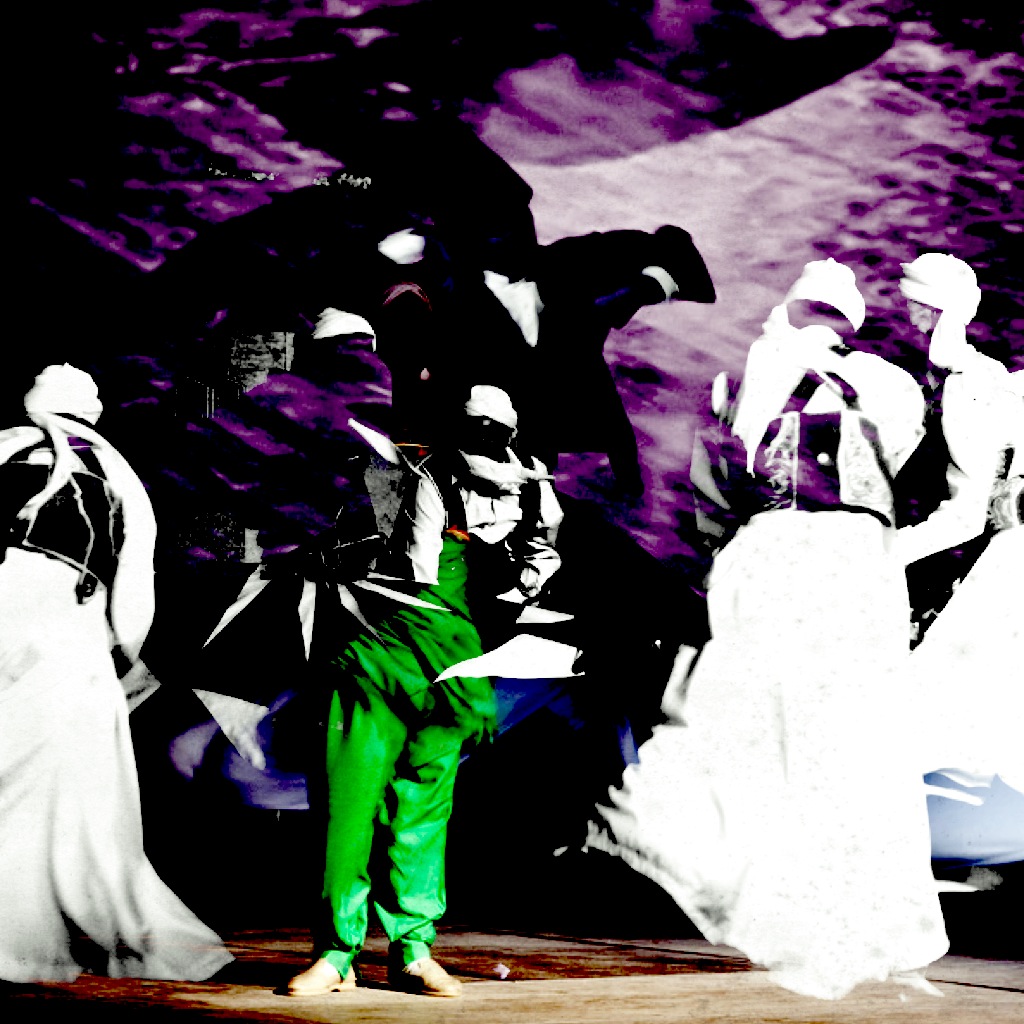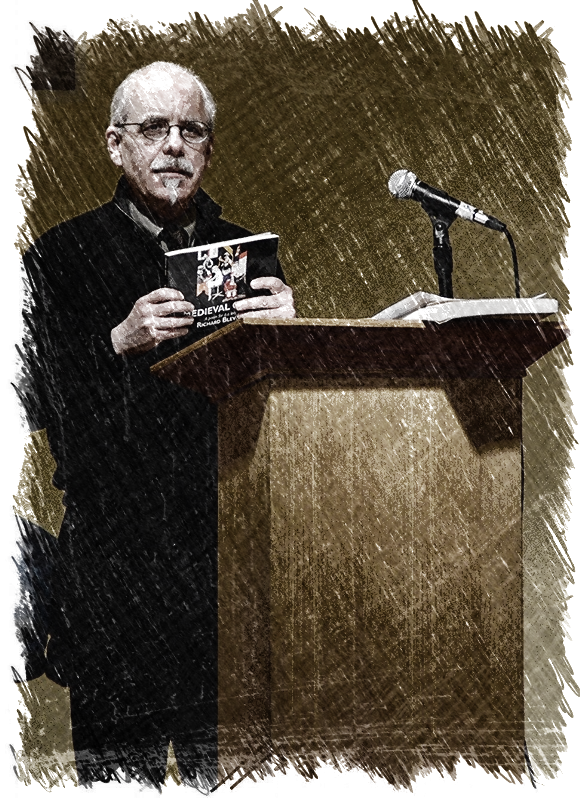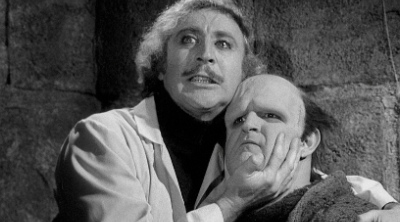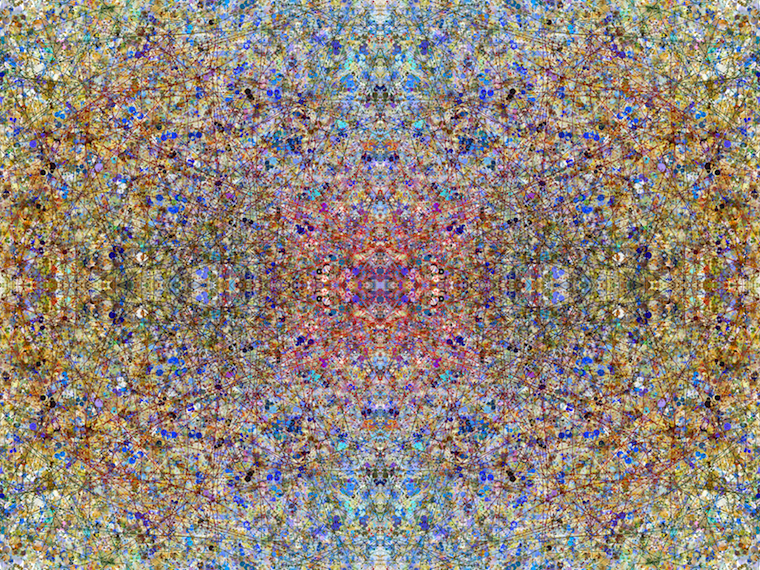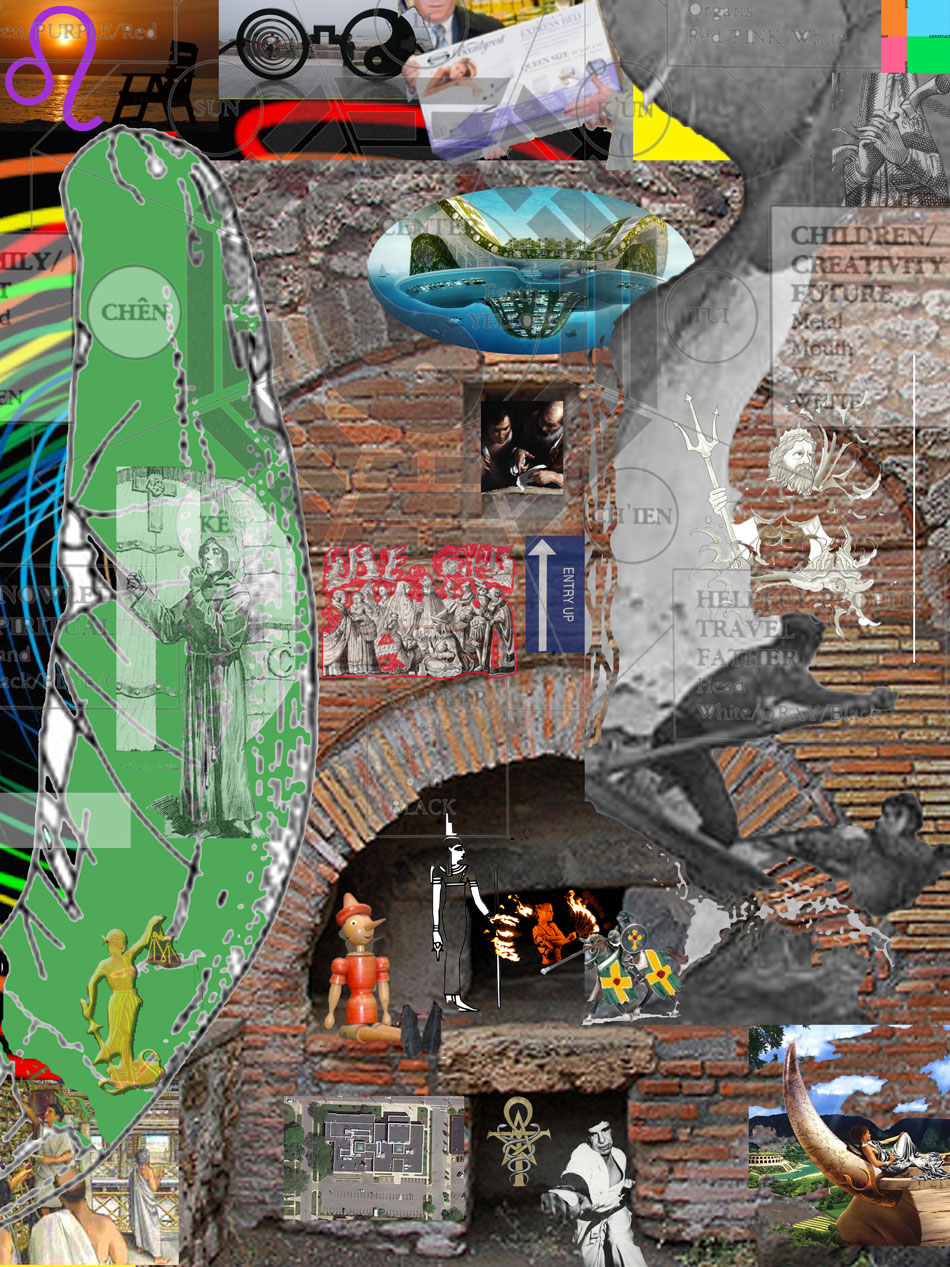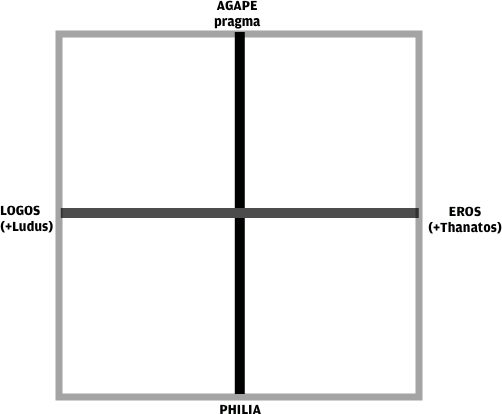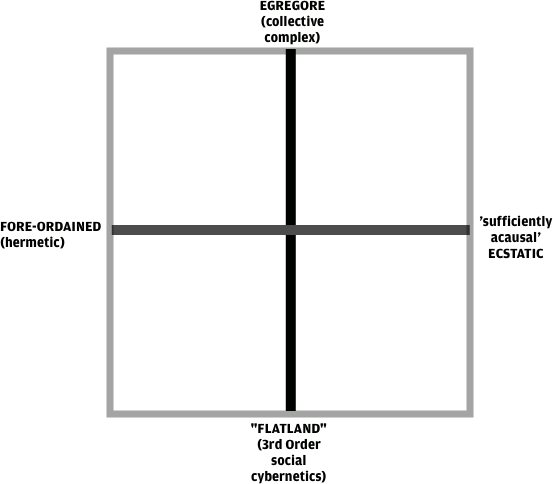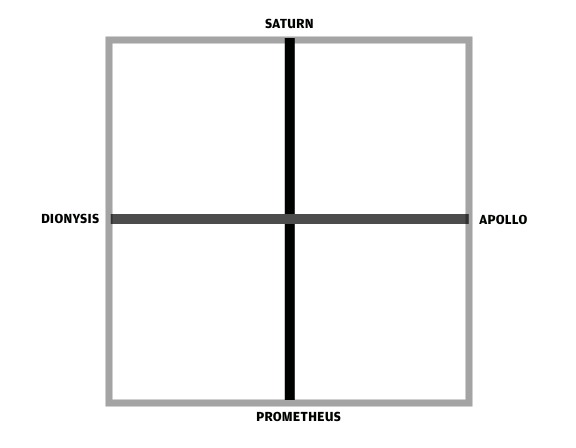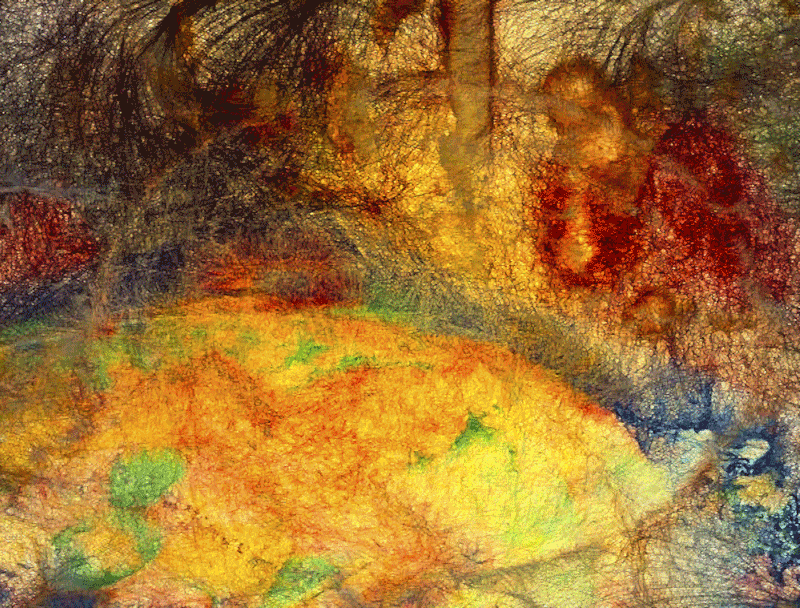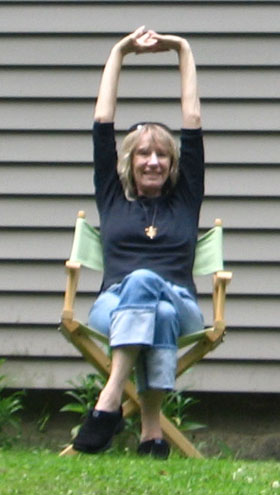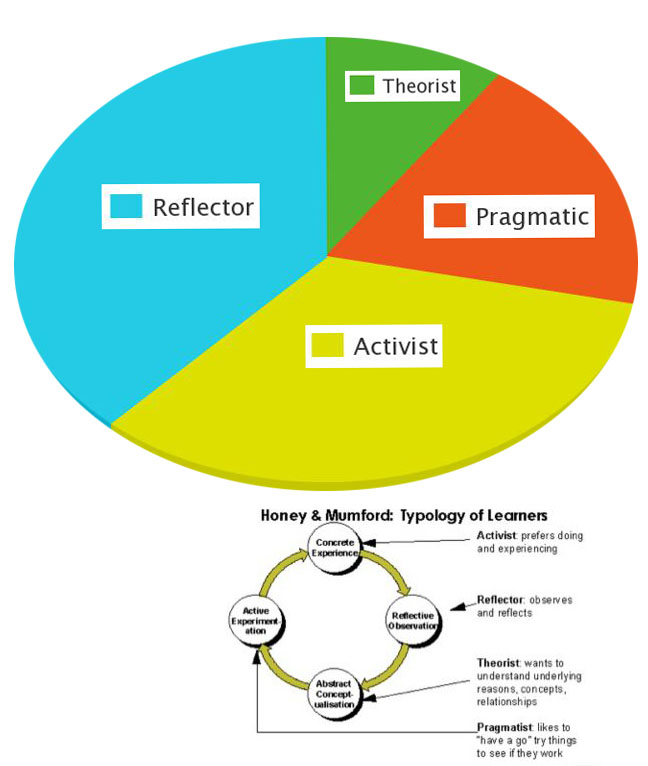
Peter Honey and Alan Mumford’s revision of the learning typology of David Kolb substitutes Activist for concrete experience, Pragmatist for active experimentation, Theorist for abstract conceptualization, and Reflector for reflective observation. Their theory seems to me to mix a more tangible conception of acting in light of cognition, in learning.
Dialectical differentiation:
- Activist = Accommodating
- Reflector = Diverging
- Theorist = Assimilating
- Pragmatist = Converging
I found the self-scoring forty question H&M assessment hanging out there on the internet. I filled it out and scored myself.
The stark black and white quality ofembedded in some of the questions in the short form H&M typological assessment seem to shout out their context-free ground. #32-It is best to look before you leap. #36-I’m usually the ‘life and soul’ of the party. (Yes/No)
The descriptions below strike me as being so idealized as to tilt toward the ridiculous. The characteristics of the four learning styles (Honey, P. & Mumford, A. (1982) Manual of Learning Styles):
| Learning style | Attributes | Activities |
|---|---|---|
| Activist | Activists are those people who learn by doing. Activists need to get their hands dirty, to dive in with both feet first. Have an open-minded approach to learning, involving themselves fully and without bias in new experiences. |
|
| Theorist | These learners like to understand the theory behind the actions. They need models, concepts and facts in order to engage in the learning process. Prefer to analyse and synthesise, drawing new information into a systematic and logical ‘theory’. |
|
| Pragmatist | These people need to be able to see how to put the learning into practice in the real world. Abstract concepts and games are of limited use unless they can see a way to put the ideas into action in their lives. Experimenters, trying out new ideas, theories and techniques to see if they work. |
|
| Reflector | These people learn by observing and thinking about what happened. They may avoid leaping in and prefer to watch from the sidelines. Prefer to stand back and view experiences from a number of different perspectives, collecting data and taking the time to work towards an appropriate conclusion. |
|
Original definitions
Honey and Mumford’s original definitions are as follows.
| Learning style | Honey and Mumford definition |
|---|---|
| Activist | Activists involve themselves fully and without bias in new experiences. They enjoy the here and now, and are happy to be dominated by immediate experiences. They are open-minded, not sceptical, and this tends to make them enthusiastic about anything new. Their philosophy is: “I’ll try anything once”. They tend to act first and consider the consequences afterwards. Their days are filled with activity. They tackle problems by brainstorming. As soon as the excitement from one activity has died down they are busy looking for the next. They tend to thrive on the challenge of new experiences but are bored with implementation and longer term consolidation. They are gregarious people constantly involving themselves with others but, in doing so, they seek to centre all activities around themselves. |
| Theorist | Theorists adapt and integrate observations into complex but logically sound theories. They think problems through in a vertical, step-by-step logical way. They assimilate disparate facts into coherent theories. They tend to be perfectionists who won’t rest easy until things are tidy and fit into a rational scheme. They like to analyse and synthesize. They are keen on basic assumptions, principles, theories models and systems thinking. Their philosophy prizes rationality and logic. “If its logical its good.” Questions they frequently ask are: “Does it make sense?” “How does this fit with that?” “What are the basic assumptions?” They tend to be detached, analytical and dedicated to rational objectivity rather than anything subjective or ambiguous. Their approach to problems is consistently logical. This is their ‘mental set’ and they rigidly reject anything that doesn’t fit with it. They prefer to maximise certainty and feel uncomfortable with subjective judgements, lateral thinking and anything flippant. |
| Pragmatist | Pragmatists are keen on trying out ideas, theories and techniques to see if they work in practice. They positively search out new ideas and take the first opportunity to experiment with applications. They are the sort of people who return from courses brimming with new ideas that they want to try out in practice. They like to get on with things and act quickly and confidently on ideas that attract them. They tend to be impatient with ruminating and open-ended discussions. They are essentially practical, down to earth people who like making practical decisions and solving problems. They respond to problems and opportunities ‘as a challenge’. Their philosophy is “There is always a better way” and “If it works it’s good”. |
| Reflector | Reflectors like to stand back to ponder experiences and observe them from many different perspectives. They collect data, both first hand and from others, and prefer to think about it thoroughly before coming to a conclusion. The thorough collection and analysis of data about experiences and events is what counts so they tend to postpone reaching definitive conclusions for as long as possible. Their philosophy is to be cautious. They are thoughtful people who like to consider all possible angles and implications before making a move. They prefer to take a back seat in meetings and discussions. They enjoy observing other people in action. They listen to others and get the drift of the discussion before making their own points. They tend to adopt a low profile and have a slightly distant, tolerant unruffled air about them. When they act it is part of a wide picture which includes the past as well as the present and others’ observations as well as their own. |
My typological result is interesting to me because it captures the activist aspect that comes to the fore in my creative work, inasmuch as there exists a kind of elemental creative processing which seems to oscillate between reflection and experiencing. But, this typological result is not very accurate in my other learning realms, and this echoes in reverse the inaccuracy of the result shown by my Kolb learning Style Inventory, that captures accurately my style in expressly cognitive learning, yet completely misses the mark set by my learning style as a creative actor/agent.
Where the embodied and contextualized ‘agentic’ act fits, exemplified by committing to and instantiating a second order choice, remains under-conceptualized in both Kolb and Honey and Mumford’s related theories. Honey and Mumford were more on this case of deconstructing the element of embodied agency within experience back in 1982. Thirty plus years later the lack of the body, and thus the lack of an embodied mind, remains one of several weak spots in Kolbian theorizing about learning. Another weak spot is the inability of both instruments to flex for the sake of being able to encompass different modal learning contexts.

